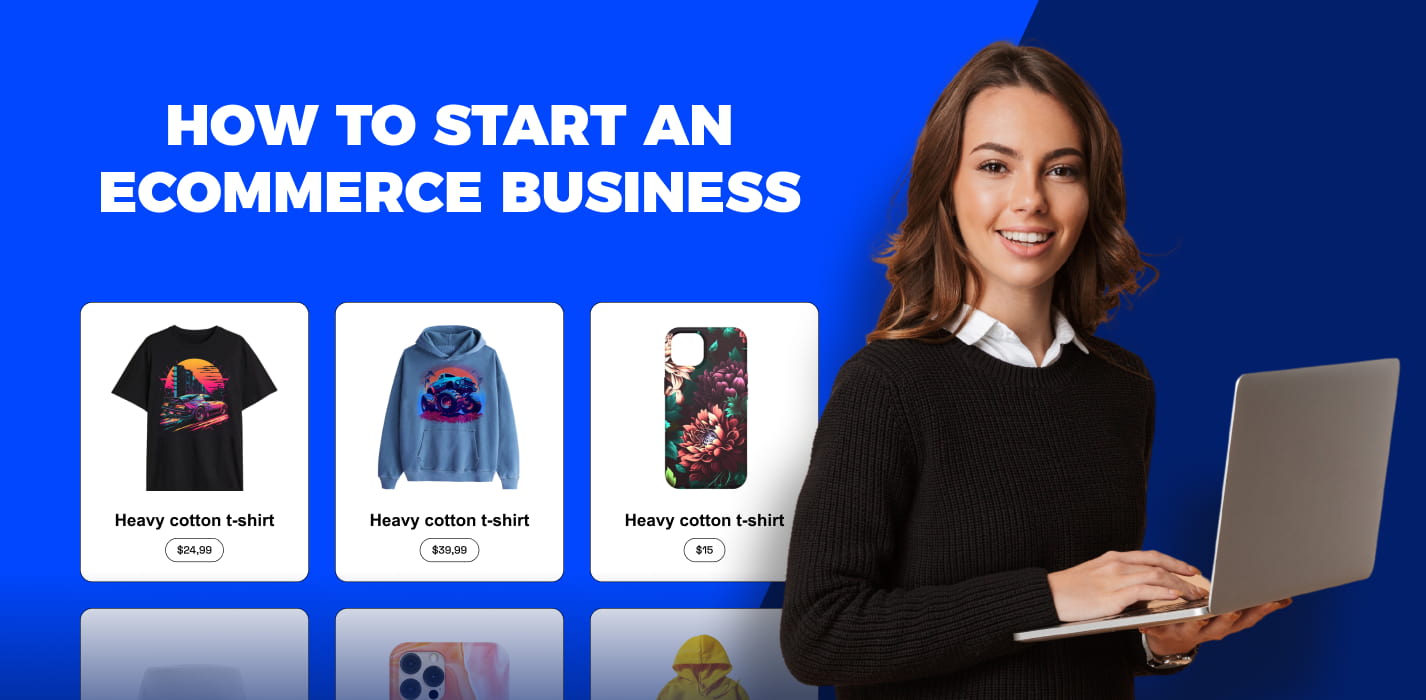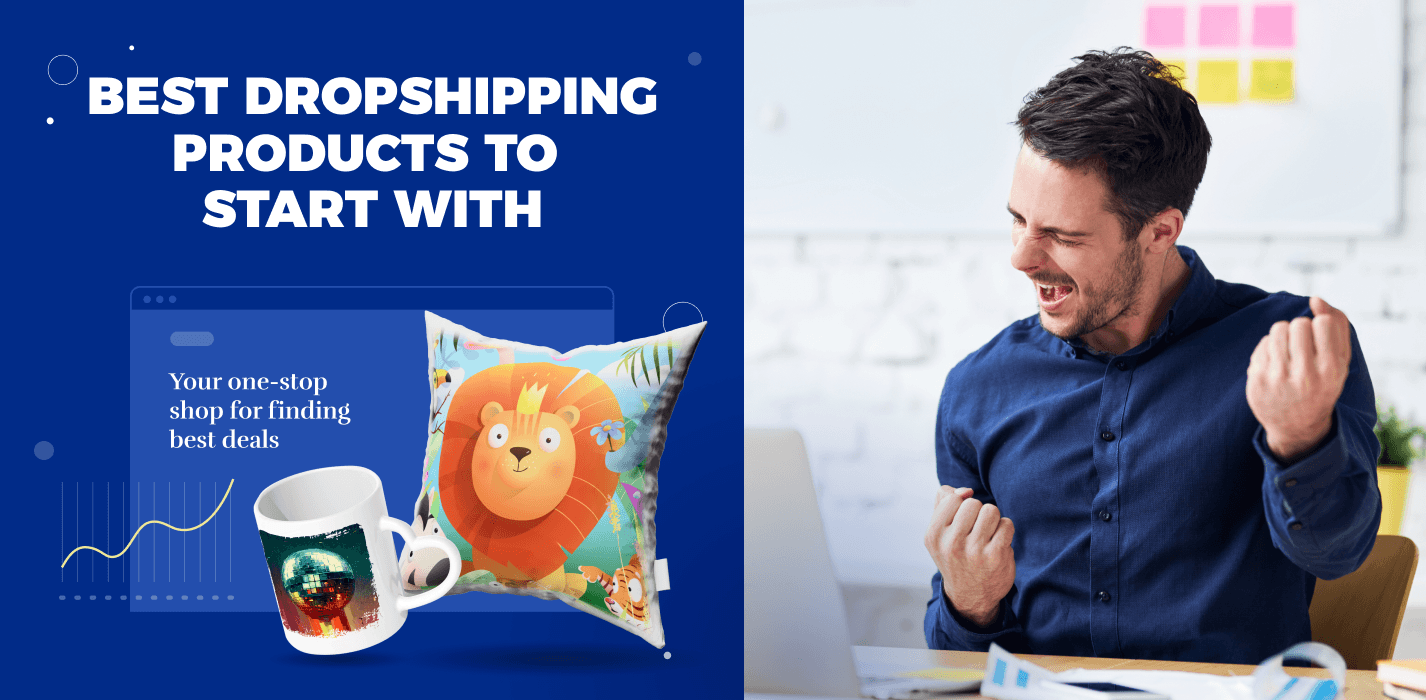Ever thought about starting your own thing from the ground up? If so, you might wanna look into how to get into ecommerce. Over the last 10 years or so, shopping online has seriously taken off. More and more people prefer to grab what they need from the internet instead of heading to the store.

Why online stores are such a big deal
Selling online comes with a bunch of cool benefits. First off, your store is open to anyone, anywhere – as long as they’ve got internet. That means you can reach way more people than a local shop ever could. Plus, it runs all day and night, so you can make money even while you sleep.
It’s also super easy for customers. They don’t have to leave the house – just a few clicks and boom, the product shows up at their door.
Why this could be a great move for you
Selling online comes with a bunch of cool benefits. First off, your store is open to anyone, anywhere – as long as they’ve got internet. That means you can reach way more people than a local shop ever could. Plus, it runs all day and night, so you can make money even while you sleep.
It’s also super easy for customers. They don’t have to leave the house – just a few clicks and boom, the product shows up at their door.
So, what exactly is an ecommerce business?
Ecommerce is just a fancy way to say buying and selling stuff online.
You can start small, like selling your own handmade items, or go big and build something like a brand that ships worldwide. Right now, online selling is growing fast and doesn’t look like it’s slowing down anytime soon.
If you’re wondering whether it’s still a good time to get into ecommerce – short answer: absolutely.
- Check this out. As of 2025, global ecommerce sales are projected to hit a massive $6.91 trillion. That’s a serious chunk of the retail world moving online.
- In the U.S. alone, online shopping is expected to bring in about $1.14 trillion this year. That’s a huge jump from just a few years back and it keeps climbing.
- And let’s not forget mobile shopping – it’s on fire. Mobile ecommerce sales are on track to pass $4.4 trillion globally in 2025, showing how much people love shopping straight from their phones.

Pretty crazy, right? What all this means is simple: ecommerce isn’t slowing down anytime soon. More and more people are buying stuff online, and businesses – big or small – are riding the wave.
So if you’ve been thinking about starting your own online store, now’s a great time to make it happen. And don’t worry, we’ll guide you through each step in the next parts. It’s honestly easier than it looks – promise.
Your step-by-step guide to launching an online business in 2025
Thinking about jumping into ecommerce this year? Great idea! Starting your own online store is exciting, and it’s a solid way to build a business from the ground up. But before you dive in, it helps to know the key steps to get things rolling.
Let’s break it all down in a way that’s easy to follow.
Step 1: Pick what you want to sell
The first thing you’ve got to figure out is what you’re going to sell. That means choosing a niche – a product or category that stands out and has solid demand.
Try looking into what’s trending right now or where people have unmet needs. It could be something super specific or a product you already know a lot about. The goal is to find something people really want and that you can offer better or differently than others.
Know who you’re selling to
Once you’ve got a product in mind, think about who would actually buy it. 1) What kind of person are they? 2) What do they care about? 3) What problems do they need solved?
Understanding your audience makes it way easier to choose the right products, create better content, and speak their language when marketing.
Do a little research
After you know your ideal customer, take some time to dig into what’s happening in that space. What are people buying? What’s missing from the market? What kind of price points are working?
Let’s say you notice more Gen Z shoppers going for eco-friendly fashion – that’s your sign that maybe an online store focused on that could do well. This is how you can get started on how to get into ecommerce.
Step 2: Find where to get your products
Once you’ve picked your product, the next step is finding a good supplier or manufacturer.
How to get into ecommerce often starts right here – choosing the right supplier can make or break your business.
Look for solid suppliers
You can find suppliers online through directories, marketplaces, or even industry events. Make sure they’re reliable and offer good prices and quality products. You’ll want someone you can depend on long-term.

Set up how you’ll handle orders
When you’ve got your supplier, figure out how you’ll manage inventory and process orders. You can use software to help track everything so it runs smoothly. You’ll also need to add up all the costs – product, shipping, and any extras – so you price things in a way that makes you profit.
Pro tip: With platforms like Sellvia, you don’t even have to deal with all of this on your own. We handle product sourcing, order processing, and even fast shipping for you – plus you get expert help along the way. That kind of support is a game-changer when you’re learning how to get into ecommerce the smart way.
🛠️ Automated dropshipping: how to fulfill your orders on autopilot
Step 3: See what others are doing
Before you launch, it’s smart to check out what other online stores are doing in your space.
Learn from your competitors
Look at what they’re selling, how they price it, and what their websites and social media look like. What’s working for them? What could you do differently or better?
This is a key part of learning how to get into ecommerce – understanding the landscape so you can position yourself in a unique and effective way.
Use what you find to shape your own plan. You’ll get a clearer picture of how to stand out and make your store even better.
Step 4: Build a brand that people remember
Your brand is more than just your store name – it’s how people feel about your business.
Create your style and look
Pick a name, logo, and color scheme that match the vibe of your store and speak to your audience. Keep it simple, clear, and consistent across your site and social channels.

Tell your story
People love stories, so share why you started your store, what makes you different, and what you believe in. A strong story helps build trust and connection – and makes your brand more memorable. All of this plays a big role when figuring out how to get into ecommerce the right way.
Step 5: Set up your online shop
Now it’s time to build your actual store and get it ready for customers.
Choose where to build it
There are a bunch of ecommerce platforms out there (like Shopify, WooCommerce, and Sellvia). Pick one that’s easy to use, has good support, and fits your budget. Knowing which platform to go with is part of learning how to get into ecommerce in a way that makes sense for you.
Grab a domain and hosting
Your domain name is what people type to find your store – like “yourstore.com.” Pick something short, catchy, and related to your brand. Hosting is where your site lives online, so go with a provider that’s reliable.
Design it right
Your site should look good, be easy to use, and work well on both phones and computers. Make sure product images are clear, the descriptions are helpful, and checkout is simple. With Sellvia, you can get all of this done for you and just focus on growing your business. This setup is a perfect example of how to get into ecommerce without overcomplicating things.

Step 6: Get ready to go live
This is the exciting part – you’re almost ready to launch! But before you do…
Test everything first
Double-check that your cart works, payments go through, and shipping options are set up. Also, make sure all your product info is correct and your site looks good on mobile and desktop.
Plan your launch
Think about doing something special to grab attention. Maybe a launch sale, some giveaways, or a shoutout from an influencer. Get your email list ready and have your social posts lined up to build some buzz.

Time to launch
Once everything is working smoothly, it’s go time! Share your store with the world on social media, email, and anywhere else your audience hangs out. Then watch the first visitors roll in and keep an eye out for anything to improve. If you’ve followed all these steps, you’ve basically unlocked how to get into ecommerce and start off strong.
Step 7: Start promoting your store
Now that your store is live, you need people to find it. That means it’s time to start marketing. This step is a huge part of learning how to get into ecommerce and actually grow your business.
Make a marketing plan
Think about using email, social media, paid ads, or content (like blogs or videos) to get the word out. Focus on tactics that match your goals and track what’s working. If you’re serious about figuring out how to get into ecommerce, having a solid plan to reach your audience is key.
Create useful content
Content helps you attract and keep people interested. Share tips, product info, or behind-the-scenes stuff. Make it fun, helpful, and something your audience would want to read or share. This isn’t just about selling – it’s about connecting, which is a major part of how to get into ecommerce the right way.
Use social media and influencers
Platforms like Instagram, TikTok, and Facebook are perfect for showing off your products and chatting with potential customers. You can also team up with influencers in your niche to help spread the word and build trust. When you’re looking at how to get into ecommerce, remember that building visibility is just as important as having a great product.
What to do once your store’s rolling
So, you’ve tested your store idea, started getting some orders in, and now you’re wondering – what’s next? First off, great job! You’re on the right path. But if you really want to keep things moving forward, it’s time to start making small improvements that can lead to big results. That’s a huge part of learning how to get into ecommerce and staying successful long-term.
Let’s break down a few easy ways to keep growing and make your store even better.
Treat your customers right
Good customer service can seriously make or break your store. Around 45% of shoppers in the US say they’ll leave a website if they don’t get help quickly (2025 data). That’s a lot of people hitting the back button.
To avoid that, make sure you:
- Answer common questions on an FAQ page
- Use live chat (or at least quick email replies)
- Ask buyers to leave reviews
- Be honest and helpful – it builds trust fast
If you’re working on how to get into ecommerce the smart way, focusing on customer happiness should be at the top of your list. Happy shoppers are more likely to come back, and it costs way less to keep them than to find new ones.

Turn visitors into buyers
Here’s a wild stat – almost 70% of people who land on your site won’t end up buying anything. But don’t stress – there are ways to turn that around.
You can try:
- Limited-time discounts
- Friendly reminder emails for abandoned carts
- Ads that bring people back after they leave your site
Test different ideas to see what sticks. You’ll be surprised how a few small changes can lead to more sales – and it’s all part of mastering how to get into ecommerce and turn browsers into buyers.
Put your products on more sites
Why stick to just your own store? There are other places – like Amazon – where millions of shoppers are already browsing.
🚀 How to start selling your products on online marketplaces
We’ll handle stuff like:
- Making and shipping the products
- Setting up your Amazon seller account
- Adding your products to the catalog
You just focus on promoting and growing your store. Simple as that – and a clever move when learning how to get into ecommerce at scale.

Give your website a glow-up
In 2025, shoppers expect fast, smooth, and easy websites. If your site’s clunky, 44% of people might share that bad experience with others. Yikes.
So here’s what to do:
- Speed things up (nobody likes a slow site)
- Make sure your navigation is easy to follow
- Use clear, clean product pages with related items shown
- Double-check how your site looks on phones – mobile shopping’s huge
Little upgrades can go a long way when it comes to customer experience – and if you’re serious about how to get into ecommerce and grow, this part really matters.
Always refresh your product list
Even if you’ve got a few bestsellers, don’t stop there. Tastes change fast, so it’s smart to keep testing out new products.
Try:
- Checking Google Trends to spot what’s hot
- Offering new items to your current customers
- Swapping out old or slow sellers every now and then
A fresh catalog keeps things exciting and helps bring buyers back for more – and it’s a great strategy to master if you’re learning how to get into ecommerce and stay ahead of the game.
Final thoughts
So, is starting an ecommerce business hard? Honestly, it’s not as tricky as it looks. With the right tools and some dedication, you can build something awesome – especially if you’re just figuring out how to get into ecommerce for the first time.
Just remember:
- Don’t be shy about asking for tips from others who’ve done it
- Keep an eye on how you’re doing and tweak your plan when needed

- Stay up-to-date with new trends and ideas
- Always think about how to make your customers’ lives easier
Running an ecommerce store takes work, but if you stick with it, you’ll see real results. Learning how to get into ecommerce is all about taking small, steady steps – and improving as you go.
And hey – if you want some help getting started or taking the next step, book a free call with our team. We’ll walk you through it all and help you kick things off the right way. You’ve got this!






